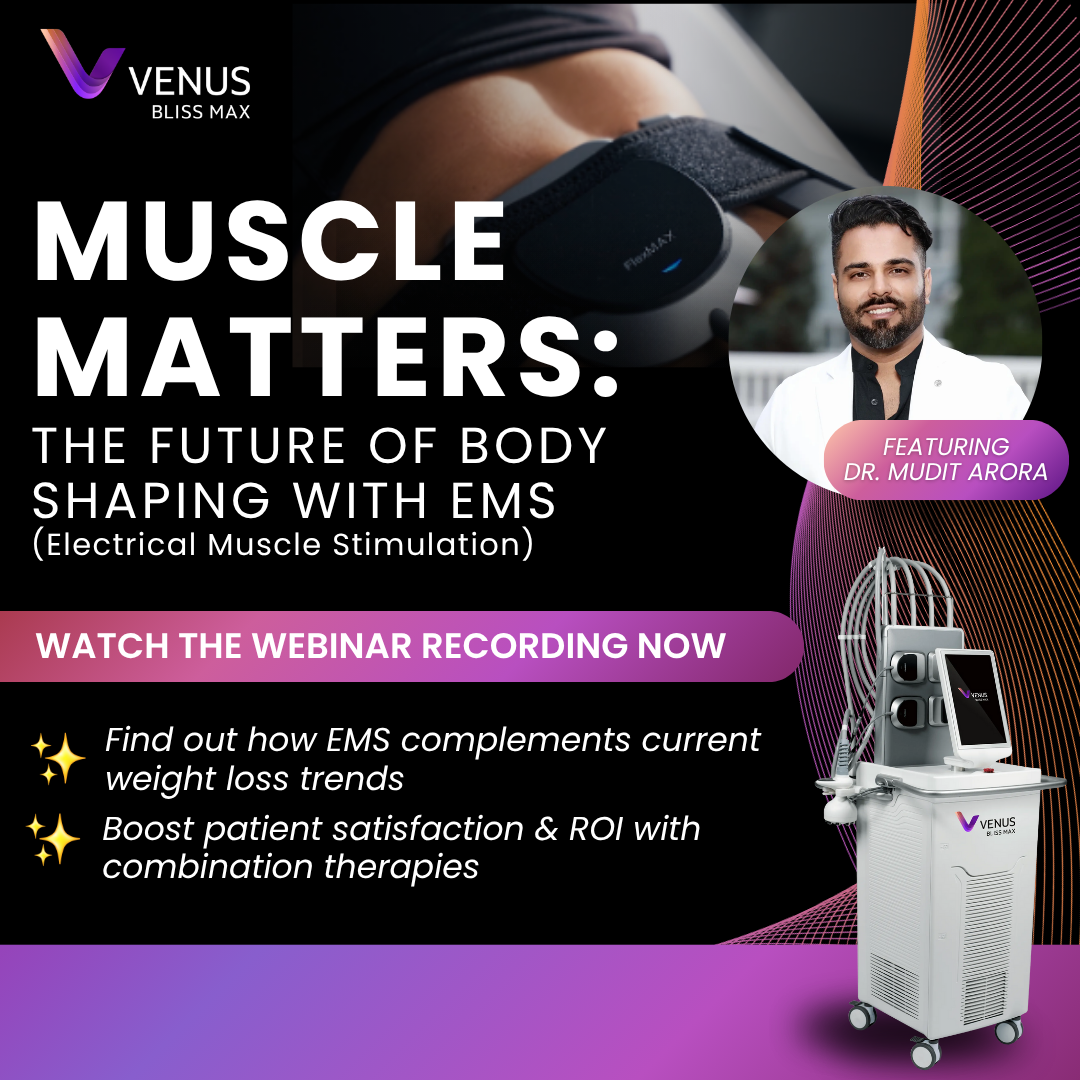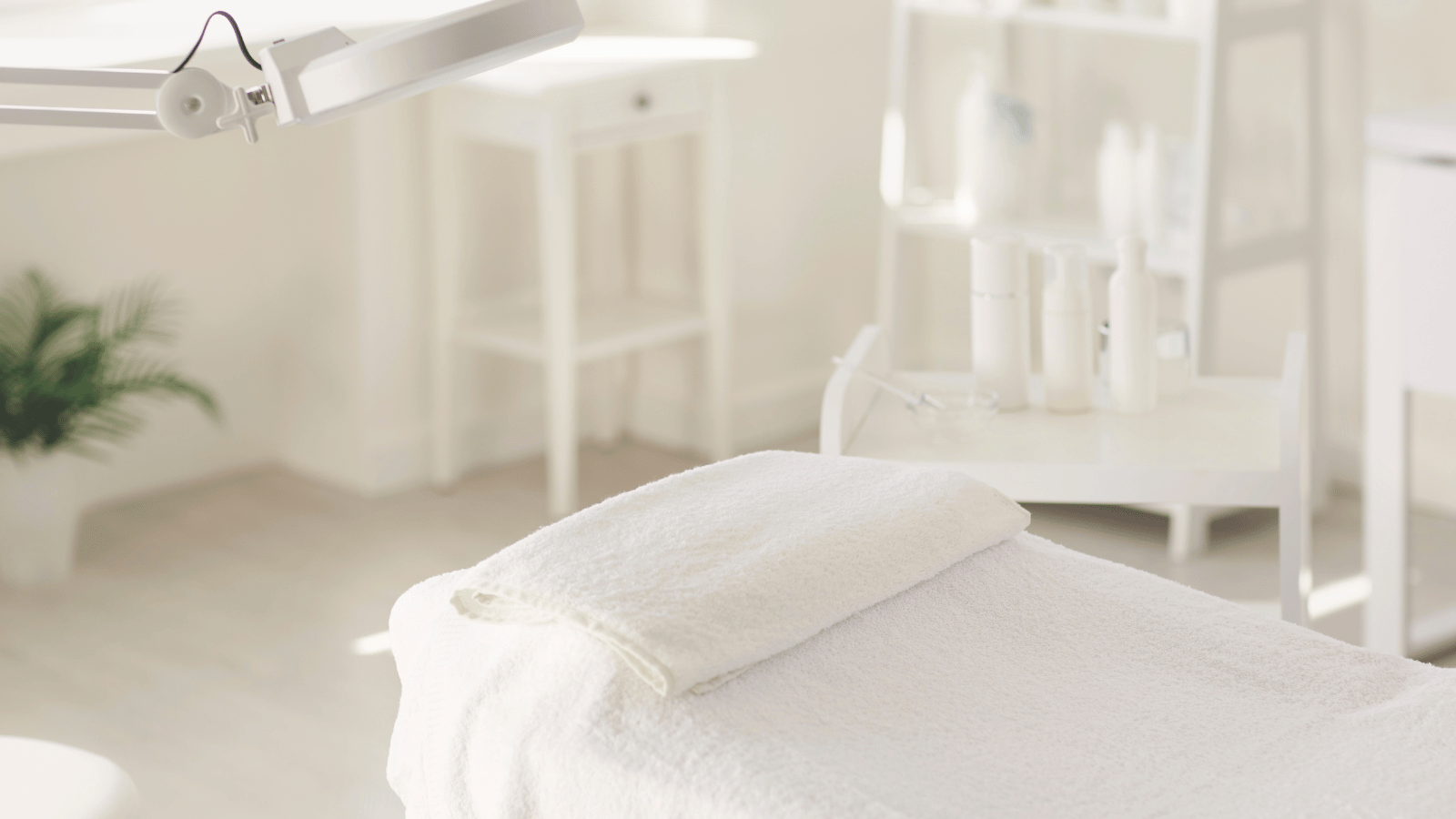Filters and Fillers: Social Media Dysmorphia In Medical Aesthetics

Patients seek consultations for various reasons. However, there is a new common factor that influences people’s decision to get a cosmetic treatment: social media. A person with social media dysmorphia (SMD), or selfie or Snapchat dysmorphia, may have a body dysmorphic disorder (BDD) that can be triggered or worsened by social media.
Social Media’s Impact on Perception of Appearance
Many social media users are accustomed to sharing selfies that have been altered with filters to erase imperfections. Constant exposure to this enhanced version of oneself—combined with the positive feedback in the form of likes, shares, and follows—can make people feel their unedited selves aren’t enough. Some potential patients may even present a modified selfie to demonstrate aesthetic goals, regardless of whether or not they are realistic.
While social media dysmorphia isn’t a recognized diagnosis per the DSM-5, the term still reflects the way that social media can impact someone with BDD. A person with BDD is usually obsessed with self-perceived flaws that others likely do not notice. Too often, this psychological disorder is mis- or undiagnosed.
While social media doesn’t cause BDD, it can trigger or worsen it. Teenagers and influencers are often at higher risk for developing BDD because of their excessive use. Influencers may perceive their market value to directly correlate to the number and quality of their social media interactions.
The Importance of Assessing Patients for BDD
There is a clear connection between social media use and demand for cosmetic enhancements. In fact, more than half of aesthetic surgeons say they’ve seen an increase in the number of patients who want treatments specifically to improve their selfies. However, it’s important to screen prospective patients for SMD and BDD for a number of reasons:
- Patients with BDD who receive aesthetic procedures are rarely happy with the results.
- Doctors who treat people with BDD are at higher risk of undergoing litigation if patients claim the surgery failed to resolve their flaws.
- Since their self-perception is skewed, people with BDD may not be able to give informed consent.
Researchers estimate that up to 15% of patients seeking cosmetic enhancement procedures have BDD, the majority of whom are women. Because SMD is a relatively new development, however, it isn’t clear yet how many people have it.
Screening for BDD
Symptoms of BDD include:
- Camouflaging : A patient may attempt to hide perceived flaws with makeup or clothing. He or she might also repeatedly consult a mirror.
- Comparing : You may notice someone persistently comparing him or herself to others.
- Seeking reassurance : A person with BDD might frequently seek other’s opinions or reassurance from social media.
- Behaviors to change external appearance : This could include tanning, excessive exercising, or changing clothes in an attempt to have more control over a perceived flaw.
- Excessive cosmetic treatments : A patient might opt for multiple procedures, but express little satisfaction with the results.
- Social anxiety and avoidance : Though not exclusive to BDD, worrying about being rejected in social situations is a common sign, as is recurrent conflicts with friends, family, and/or coworkers.
While it can be difficult to determine whether a patient’s perception of his or her flaws is warranted, medical aesthetic experts should screen clients for possible mental health concerns prior to administering treatment. One survey found that 84% of aesthetic practitioners had treated a person they considered an appropriate candidate and later determined that the recipient had BDD .
To better identify patients who may have BDD and/or social media dysmorphia, pay attention to their concerns. If someone presents edited selfies during a consultation, ask how much the pictures been edited. Be clear and firm about what aesthetic treatment can and can’t do. You can also ask a candidate to identify flaws in a mirror. This could help you get a better sense of his or her self-perception.
Another way to screen for BDD is to use a questionnaire that lists common symptoms. Have patients rate the severity of distress for each one. If a person has symptoms of BDD, you can then refer them to a mental health specialist.
Before treating any patient, you should address these questions:
- Are his or her aesthetic goals realistic and attainable?
- Is the treatment safe for this person?
- Is the patient seeking treatment for the right reasons?
The Importance of Offering a Wide Range of Aesthetic Treatments
With social media playing an ever-increasing role in people’s lives , it is imperative to keep BDD and SMD in mind during each consultation. To avoid dramatic surgical outcomes that may not be reversible, consider providing non-invasive solutions to better serve your patients.
Venus Concept offers an extensive lineup of cutting-edge, non-invasive medical aesthetic devices and post-sales support services. Contact us today for more information or download our report, “ Filters and Fillers: The Growing Incidence of Social Media Dysmorphia in the Medical Aesthetics Space. ”







